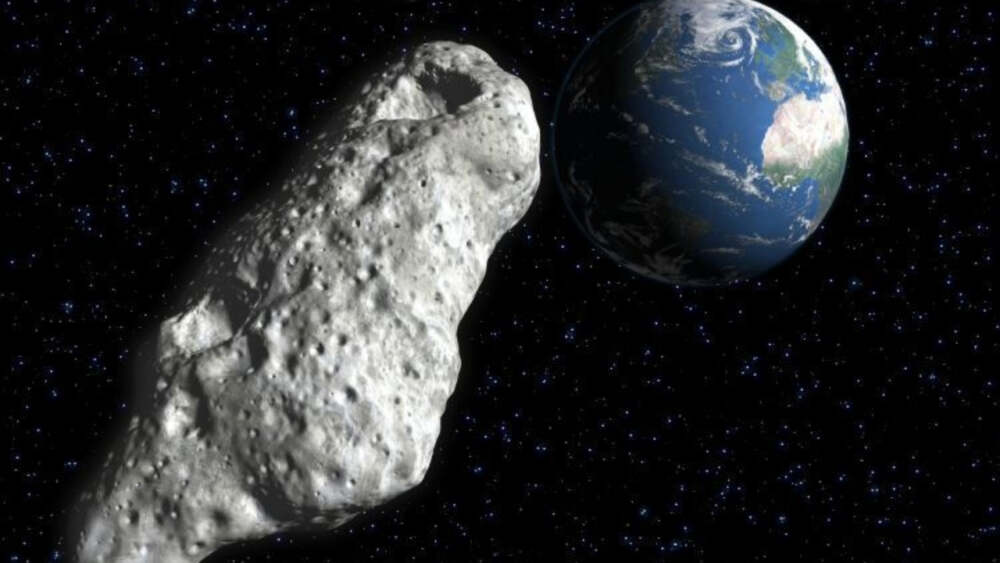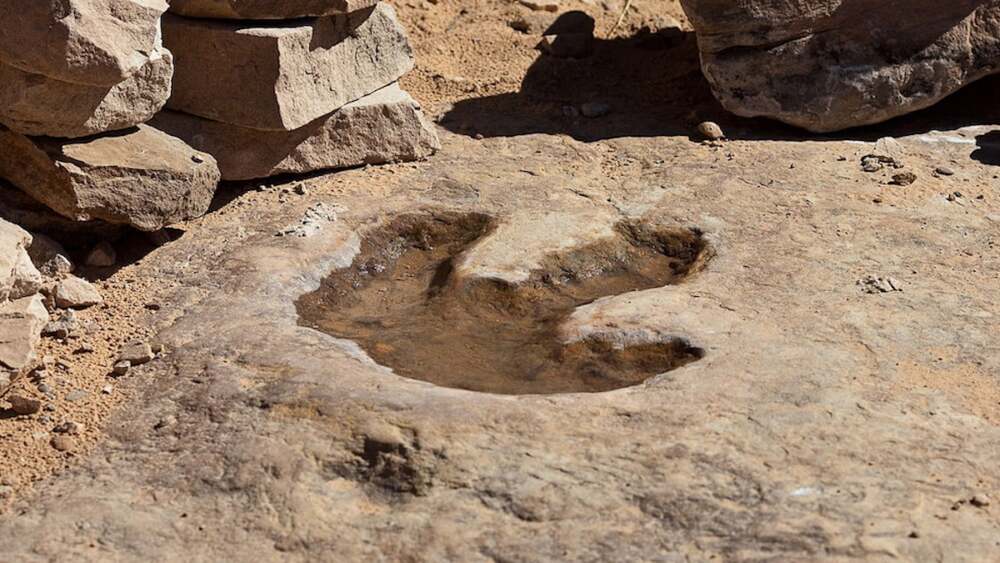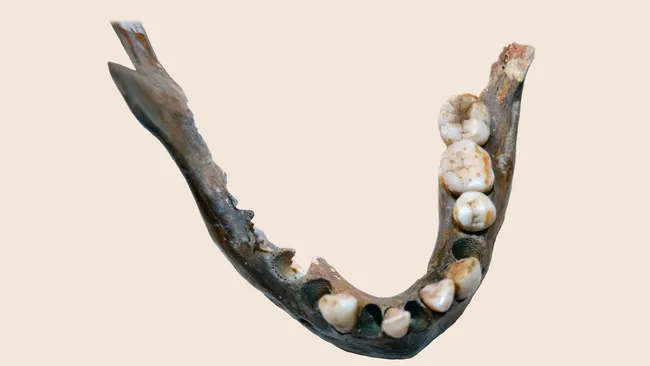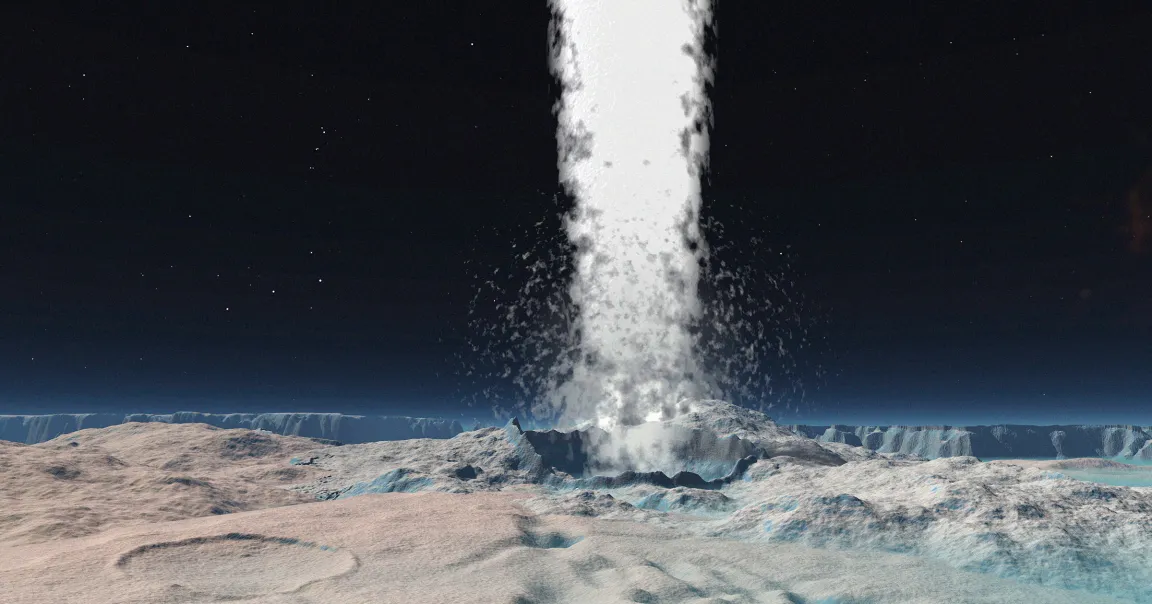Astronomers have recently identified a new quasi-moon orbiting Earth, a discovery that has intrigued the scientific community. This quasi-moon, designated 2025 PN7, has been co-orbiting the Sun alongside Earth for approximately 60 years, remaining undetected until now.
What Is a Quasi-Moon?
A quasi-moon, or quasi-satellite, is an asteroid that orbits the Sun in a manner that keeps it near Earth over extended periods. Unlike the Moon, which is gravitationally bound to Earth, a quasi-moon follows an orbit around the Sun that brings it close to Earth, making it appear as though it is accompanying our planet on its journey through space.
Discovery and Characteristics of 2025 PN7
The Pan-STARRS observatory in Hawaii first observed 2025 PN7 on August 2, 2025. Subsequent analysis of archival data revealed that this asteroid has been in a stable orbit near Earth since at least 2014. Measuring approximately 62 feet (19 meters) in diameter, 2025 PN7 resides between 2.8 million and 37.2 million miles from Earth. It is currently located in the constellation Piscis Austrinus, visible from the Southern Hemisphere.
Future Trajectory
Astrophysicists estimate that 2025 PN7 will continue to share Earth’s orbit for several more decades before its path diverges. Such long-term co-orbiting objects are rare and offer valuable insights into the dynamics of near-Earth space.
Importance of the Discovery
The identification of 2025 PN7 adds to the growing list of known quasi-moons, which includes other objects like Kamo’oalewa. Studying these asteroids helps scientists understand the gravitational interactions between Earth and near-Earth objects, as well as the potential for capturing and retaining such bodies over time.
















Leave a Reply